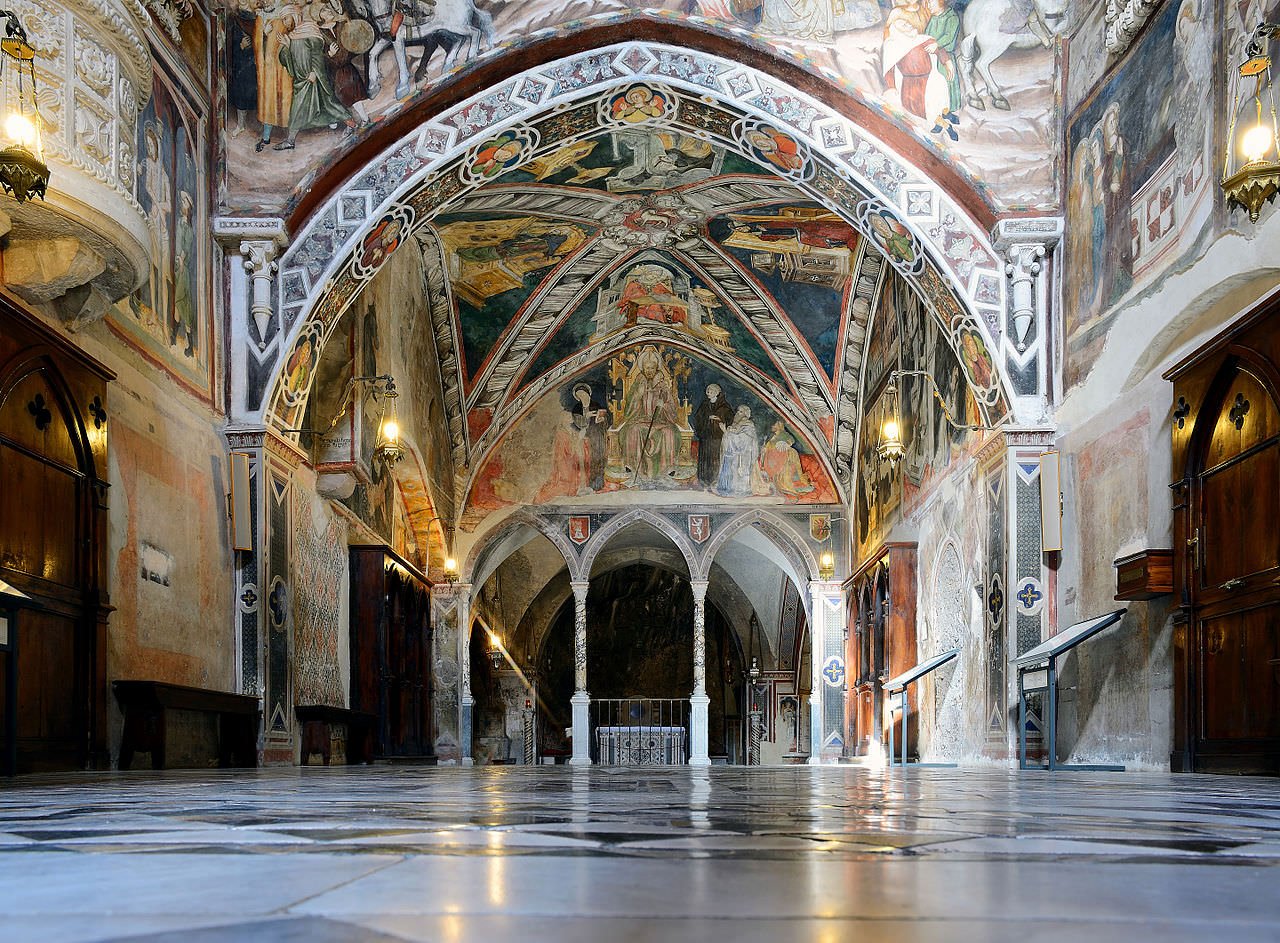In Christian Europe at the beginning of the tenth century, society was made up of those who prayed (the clergy), those who fought (the nobility), and those who worked (everyone else). These three orders of society were a reflection of economic and social reality through the tenth century, but the idea of these three orders continued long after society could be accurately described in such a way.
By the early thirteenth century the idea was made part of royal ideology. This three-orders view of society looked back to Augustine, Gregory the Great, and Greek ideas about the Philosopher-King. However, the monasteries, various heretical movements, and the rise of a growing commercial class challenged such a scheme of things.
One major theme in the history of the Middle Ages is the growth in authority of kings. Generally this authority depended less on internal or external struggles for power than on religious sanctions that would provide ultimate justification. Although kings might challenge the church on specific matters, they sought to use it, and were used by it; thus, anything that weakened the church ultimately weakened the source of authority to which the monarch would turn to defend “divine right.”
Kings governed their lands with the assistance of nobles, to whom authority was delegated and from whom obedience was expected. This created tension between central and local government that was never resolved. As authority in the name of people slowly became an alternative to authority in the name of the king, the language of authority began to differ more widely from place to place, so that “the state” means one thing in German history, another in Japanese history, yet another in American history.
The eleventh century proved to be a major turning point in the social and economic life of the West. As the raids of Muslims, Magyars, and Northmen tapered off, most of western Europe found itself secure against outside attack. By the end of the century, western Europeans took the offensive against Islam. During the eleventh century, the population of Europe grew rapidly. This larger population needed more food and more land. Pioneers felled trees, drained swamps, opened up new areas for farming.
When forests or marsh lay within a manor, a lord would often offer special inducements to his serfs to get them to undertake the extra heavy labor of clearing and farming it. Sometimes peasants would move into a new region that had lain empty before and would clear and farm it; if such uninhabited land belonged to a lord, he might invite peasants to colonize it and offer them freedom from serfdom and the chance to pay a money rent instead of the usual services.
New technology helped to improve the farmer’s life. Farmers increasingly adopted the heavy wheeled plow with horses to draw it. Windmills made their first appearance on the European landscape in the twelfth century— especially in flat areas like Normandy and the Low Countries, where there was no falling water to run a watermill. Inventors perfected systems of gears that would turn the millstones faster and grind more grain in less time.

